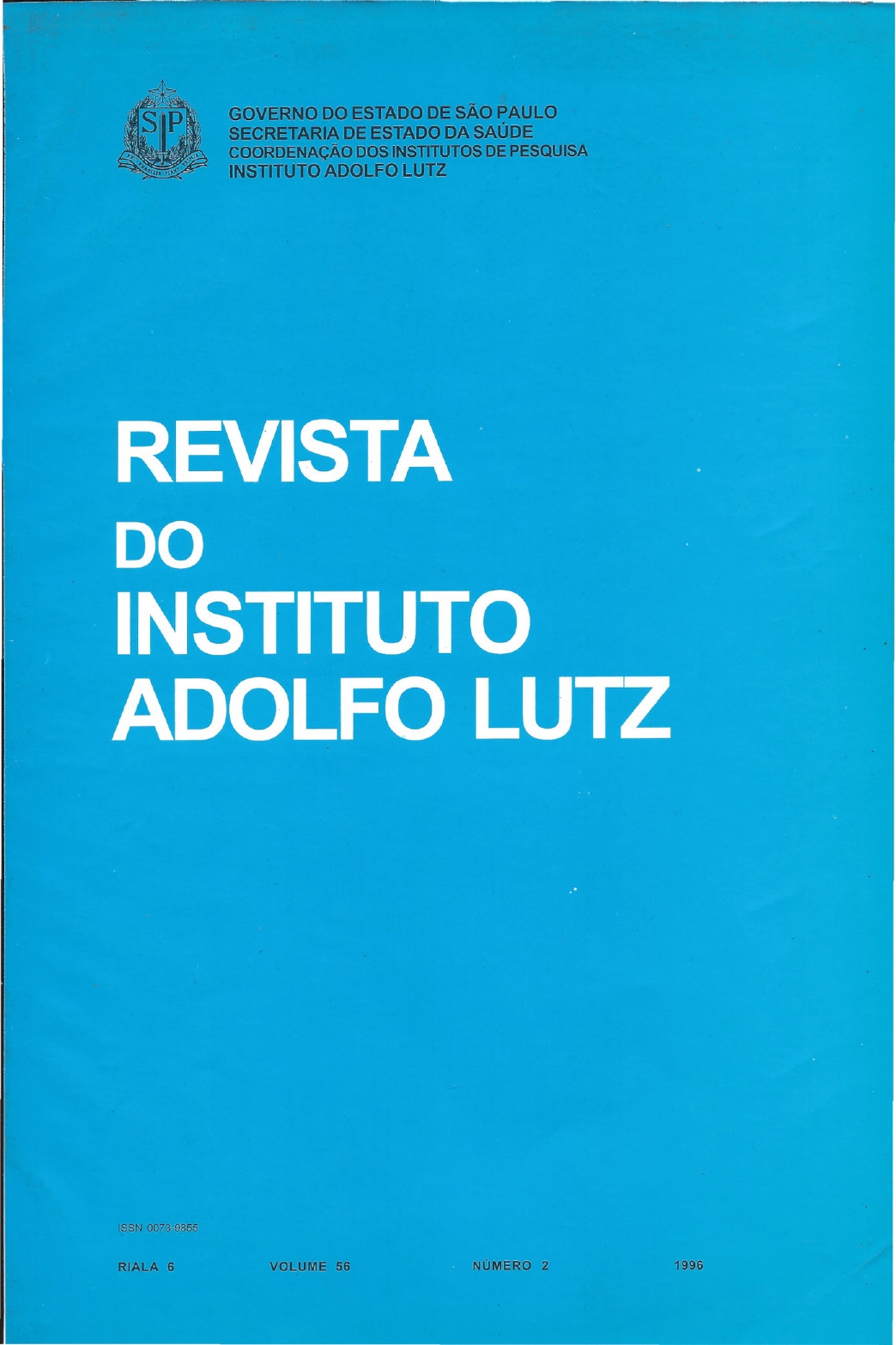Abstract
Sand soil samples from Experimental Station in Cosmópolis State ofSão Paulo treated with Thiodan 35 EC, a productt formulation containing 350 g/L ofthe activc ingredient, were analysed for endosulfan residues. The applieation rates were 6.0; 7.65; 12.0 and 15.3 Llha by sprayingmethod. The collection was made 14, 90, 180,570 and 930 days after the produet application. Also, sampling was perfomed at three different depths. Residues were determined aecording to the analytieal method described by Mitchell with modifieation in order to improve the reeovery range. Recoveries found for a, ~ and endosulfan sulphate were 86.0%, 82.0%, and 80.0%, respeetively, from fortifico samples at 100 ng/ml for both a and ~ isomers, and 200 ng/ml for endosulfan sulphate. Sampling from 0-30 em soil depth provided samples whieh presented 100.0% (0,01 -0,35 mg/kg) ofthe sulphate metabolite, 66.7% «0,01 - 0,11 mg/kg) of a, and 88.9% «0,01 - 0,21 mg/kg) of ~ isomer. From the 30-60 em of depth samples presented 66.7% «0,01 - 0,07 mg/kg) of sulphate, 44.4 % «0,01 - 0,02 mg/kg) of~, and 33.3% «0,01 - 0,02 mg!kg) ofa isomer. No residues were found in samples colleeted frorn 60-90 em of depth, except one with 0,01 mg!kg ofsulphate. The limit of determination (LD) was 0.01 mglkg. Levels of endosulfan decreasing with inereasing of dephs.
References
2. BRASIL. Leis, decretos, etc, - Portaria SNVS n° 10 de 08/03/85, Ministério da Saúde. Diário Oficial, Brasília, 14 mar. 1985. 3. GHADIRI, H. et aI. - Degradation of organochlorine pesticides in soils under controlled environment and oudoor conditions. Journal ofEnvironmental Management. 4312:141-151, 1995.
4. LEMES, VR.R.; Inomata, O.N.K.; Barretto, H.H.C. Resíduos de endosulfan em tubérculos e frutos. Rev.lnst. Adolfó Lutz, 53 (1/2): 49-54,1993.
5. MITCHELL,L.R-Collaborative study of the determination of endosulfan, endosu1fan sulfate, tetrasul and tetradifon residues in fresh fruits and vegetables. Journal of the Association of Official Analytical Chemists, 59(1): 209-212, 1976.
6. MOHAPATRA,S.P. et al-Ground water contamination by organochlorine insecticide residues in a rural area in the Tndo-Gangetic Plain. Environmental
Monitoring and Assessment 35:155-164, 1995.
7. TOMLIN, C.- The Pesbicide Manual.United Kingdom, Cambridge, 10" ed. British Crop Protection Counci!, 1995.
8. WAN, M.T.et al - Distribuition of endosulfan residues in the drainage waterways of the lower Fraser VaIley of British Columbia. Journal of Environmental Science and HeaIth Part B Pesticides, Food Contaminants and Agricultural Wastes. 30/ 3: 401-433, 1995.
9. WORLD HEALTH ORGANIZATION, Geneva, 1984.Endosulfan.Geneva, WHO, 1984. 62p. (Environrnental HeaIth Criteria 40).

This work is licensed under a Creative Commons Attribution 4.0 International License.
Copyright (c) 1996 Instituto Adolfo Lutz Journal
